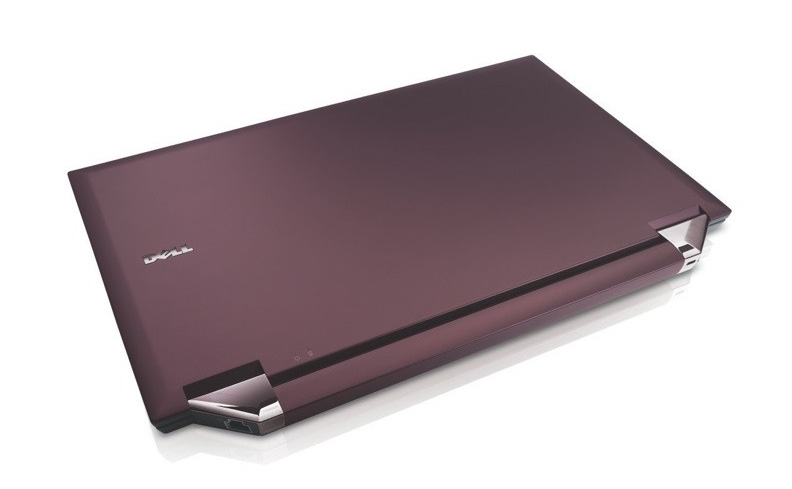
Although it’s been available as a retail offering for a little while now, Microsoft has officially released Windows Vista SP1, the long-anticipated updated to its flagship computer operating system. The update weighs in at over 400 megabytes (almost 730 MB for the 64-bit version!) and rather than focusing on slick new features, Vista SP1 includes almost two dozen security updates and 550 hot fixes. Vista SP1 is currently available for users of English, Spanish, French, German, and Japanese versions of Windows Vista, with versions for additional languages coming in early April. Microsoft recommends users install Vista SP1 using Windows Update; users who want to update using a standalone installer should install prerequisite driver updates first via Windows Update.
Vista SP1 includes a multitude of tweaks and fixes, including compatibility fixes for DirectX 9 and 10, support for Direct3D 10.1, additional support for third party search tools, support for Unified Extensible Firmware Interface (UEFI), and improved support for high-density drives (like Blu-ray and HD DVD media). The update also includes a swath of updates intended to let applications run more smoothly, and fixes intended to improve Vista’s own reliability, including fixes for Windows Media Layer and many drivers bundled with Vista. The update should also improve Vista’s performance copying files, reading images, starting up and shutting down, and printing fixes.
Vista SP1 is an important update for Microsoft: many enterprises have put off upgrading to Vista until its first service pack became available to address known issues and compatibility problems. And Microsoft has not had an easy time getting Vista SP1 out the door: at first, the company planned to hold back release until it manufacturers could complete Vista-compatible drivers, but relented and offered a beta version to users who wanted (or needed) to jump on the release regardless of driver availability—and even briefly let the 64-bit version out the door by accident. Reports of application compatibility problems with Vista SP1 surfaced quickly, but Microsoft is expressing optimism that Windows users—and the all-important enterprise customers—will embrace the update.

